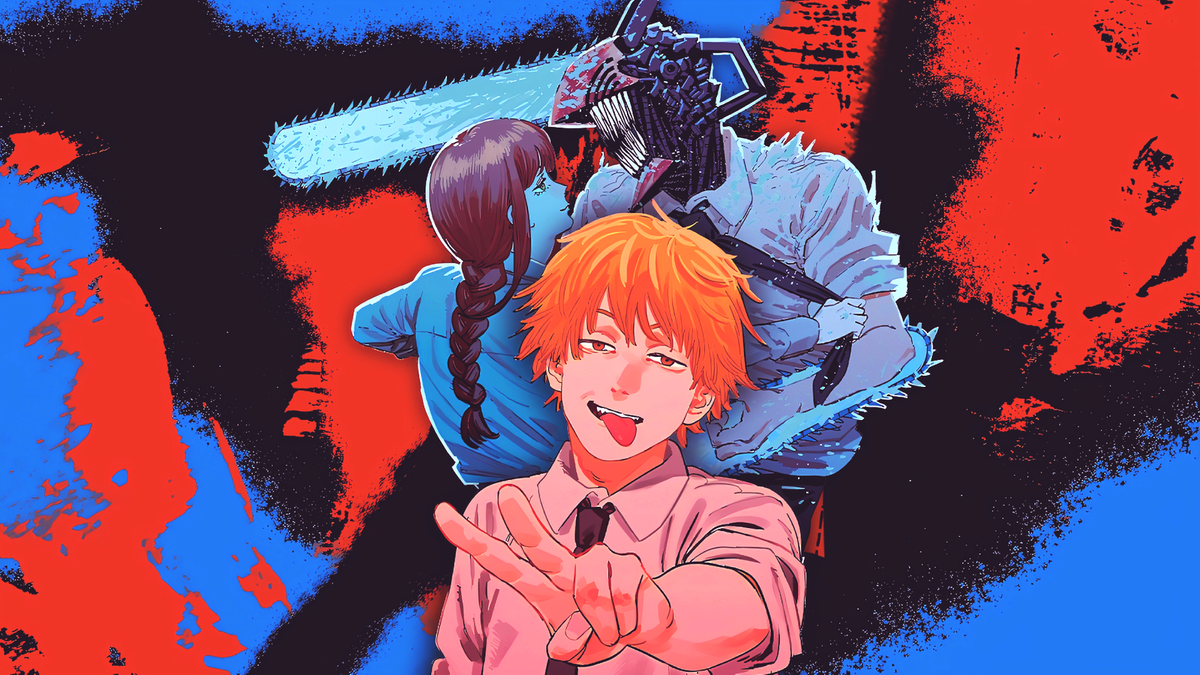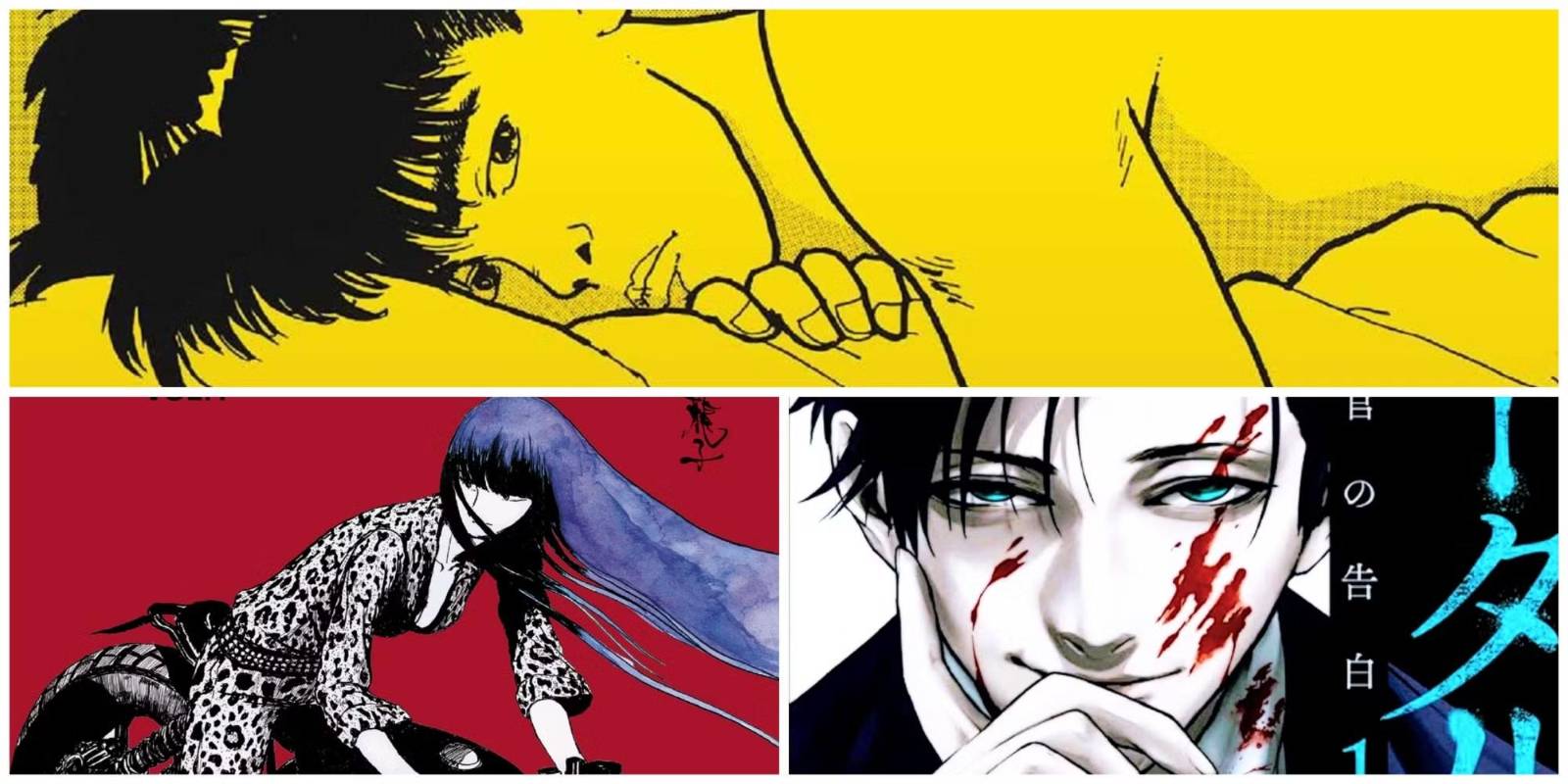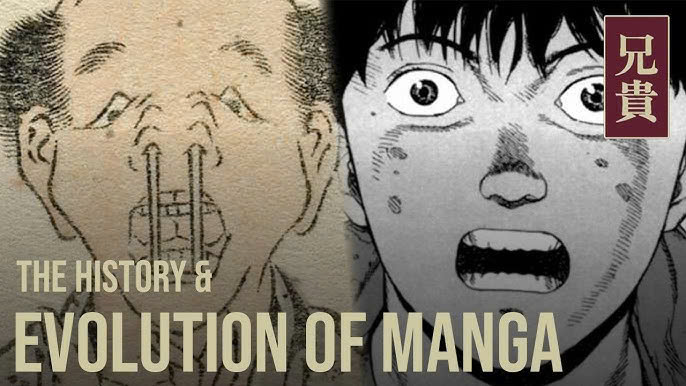In today’s digital age, manga and its Asian counterparts have transcended cultural boundaries, creating a vibrant global community of readers. At the forefront of this revolution stands Harimanga, a premier platform that has become the ultimate destination for manga enthusiasts worldwide. This comprehensive exploration delves into how HariManga has transformed the way international readers consume and experience Japanese manga, Korean manhwa, and Chinese manhua, while fostering an unprecedented level of engagement within the global manga community.
The Evolution of Digital Manga Reading on HariManga
The landscape of manga consumption has undergone a dramatic transformation in recent years, with HariManga.vip leading the charge in digital innovation. Traditional print manga, while beloved, often faced limitations in international distribution and accessibility. HariManga has revolutionized this space by offering an extensive digital library that spans countless genres and titles, making it possible for readers from any corner of the globe to access their favorite stories instantly.
What sets HariManga apart is its commitment to providing a seamless reading experience. The platform’s intuitive interface allows readers to navigate through thousands of titles effortlessly, while its advanced search and recommendation systems help users discover new series based on their preferences. The high-quality scans and translations ensure that readers never miss the nuanced storytelling and artistic details that make manga such a unique medium.
Diverse Content Selection: From Manga to Manhwa and Manhua
One of HariManga.vip’s greatest strengths lies in its diverse content library. While Japanese manga remains a cornerstone of the platform, the inclusion of Korean manhwa and Chinese manhua has created an unprecedented variety of storytelling styles and cultural perspectives. This rich tapestry of Asian comics allows readers to explore different artistic traditions and narrative approaches, making HariManga a truly comprehensive platform for Asian comic enthusiasts.
The Rising Popularity of Korean Manhwa

Korean manhwa has experienced a remarkable surge in popularity, and HariManga has been instrumental in bringing these compelling stories to a global audience. The platform features acclaimed titles that showcase the unique characteristics of manhwa, including their distinctive full-color format and sophisticated storytelling techniques. The vertical scrolling format, optimized for digital reading, has particularly resonated with modern readers who consume content primarily on mobile devices.
Chinese Manhua: A New Frontier
Chinese manhua represents another exciting dimension of Asian comics available on HariManga.vip. These works often blend traditional Chinese artistry with contemporary storytelling, creating unique narratives that offer fresh perspectives to manga fans. The platform’s careful curation of manhua titles ensures that readers have access to the highest quality works from this emerging genre.
Community Features and Social Engagement
HariManga.vip isn’t just a reading platform; it’s a thriving community where fans can connect, discuss, and share their passion for manga, manhwa, and manhua. The platform’s comment sections and forums have become virtual gathering places where readers from different cultures and backgrounds can exchange thoughts, theories, and recommendations. This social aspect has been crucial in creating a sense of belonging among international manga fans.
The platform’s rating system and review features enable readers to make informed choices about what to read next, while also contributing to the community’s collective knowledge. Regular updates and notifications keep users engaged with their favorite series and alert them to new releases, ensuring they never miss out on the latest chapters of their beloved stories.
Technical Excellence and User Experience
At the heart of HariManga’s success is its commitment to technical excellence. The platform’s robust infrastructure ensures fast loading times and stable performance, even during peak usage periods. The responsive design adapts seamlessly to different devices and screen sizes, allowing readers to enjoy their favorite manga whether they’re on desktop computers, tablets, or smartphones.
The platform’s advanced features, such as customizable reading settings, bookmarking capabilities, and history tracking, enhance the user experience and make it easy for readers to maintain their reading progress across multiple devices. The regular implementation of user feedback in platform updates demonstrates HariManga’s dedication to continuous improvement and user satisfaction.
The Future of Digital Manga Reading

As the digital manga landscape continues to evolve, HariManga.vip remains at the forefront of innovation. The platform’s commitment to expanding its library, improving user experience, and fostering community engagement positions it as the premier destination for manga enthusiasts worldwide. With the growing popularity of Asian comics and the increasing demand for accessible digital content, HariManga’s role in shaping the future of manga consumption cannot be understated.
The platform’s success in bringing together diverse content from across Asia while maintaining high standards of quality and user experience has created a blueprint for the future of digital manga platforms. As new technologies emerge and reader preferences evolve, HariManga’s adaptability and user-focused approach ensure its continued relevance in the digital age.
The impact of HariManga extends beyond mere content delivery; it has created a global ecosystem where fans can discover, enjoy, and discuss their favorite manga, manhwa, and manhua. This comprehensive approach to digital manga reading, combined with technical excellence and community focus, makes HariManga.vip the definitive platform for manga enthusiasts worldwide.
As we look to the future, HariManga’s commitment to innovation, quality, and community engagement promises to keep it at the forefront of digital manga reading. Whether you’re a longtime manga fan or new to the world of Asian comics, HariManga.vip offers an unparalleled reading experience that continues to set the standard for digital manga platforms globally.








